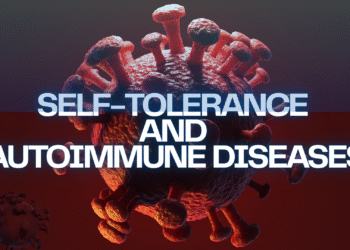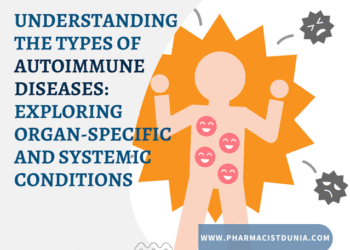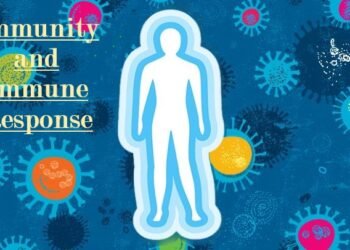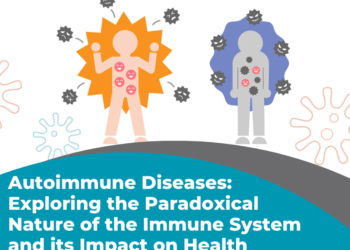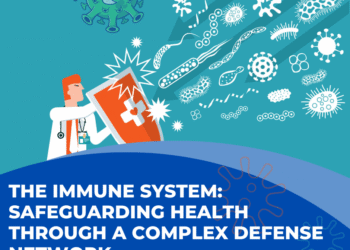Proteins
the normal functioning of the human body. They are essential for the structure,
function, and regulation of the body’s tissues and organs. Proteins are made up
of hundreds of smaller units called amino
acids that are attached to one another by peptide bonds, forming a long
chain.
Proteins are of primary importance to the continuing functioning of
life on Earth. Proteins catalyze the vast majority of chemical reactions that occur in the cell. They provide many of the structural elements of a cell,
and they help to bind cells together into tissues.
Growth and Maintenance
is termed as the building block of the body. They
make up the hair, nails, muscles etc. Protein is necessary to the immune
response that helps to heal the tiny muscle tears. It is vital in the maintenance of body tissue, including
development and repair.
Provides
Structure
proteins are fibrous and provide cells and tissues with stiffness and rigidity.
These proteins include keratin,collagen and elastin. Keratin is a structural protein that is found
in your skin, hair and nails. Collagen is the structural protein of bones,
tendons, ligaments and skin.
Causes
Biochemical Reactions
that allow key chemical reactions to take place within the body and aid thousands of biochemical reactions within and outside
of cells. They play a role in many activities such as muscle contraction
and relaxation, and nerve impulse transmissions. A
well-known example of an enzyme is lactase, which facilitates the metabolism of
lactose, or milk sugar. Bodily functions that depend on
enzymes include:
- Digestion
- Energy production
- Blood clotting
- Muscle contraction
4.
Muscle Contraction
filament protein present in your muscle. When stimulated by a signal from the
central nervous system, these two proteins act in unison to shorten in length,
causing your muscle to contract.
5.
Transport
certain molecules including nutrients
like vitamins or minerals, blood sugar, cholesterol. For example, hemoglobin is a protein that
transports oxygen throughout the body and carbon dioxide back to the lungs for
excretion from the body. Glucose transporters (GLUT) move glucose to cells,
while lipoproteins transport cholesterol and other fats in blood.
6.
Hormone Production
glands in one part of the body that help coordinate activities and communicate
with other areas. Many hormones are protein in nature
that control growth and metabolic activities of the body. Hormonal
proteins, like insulin and oxytocin, play vital roles like controlling blood
sugar concentration and stimulating contractions during childbirth. Secretin assists in the digestive process by stimulating
the pancreas and the intestine to create necessary digestive juices.
7.
Immune Function
that provide a specific immune defense against invaders. They are produced by
the body once it’s exposed to specific antigens such as bacteria, viruses and
fungi. Complement proteins support the immune system as a second line of
defense. They can create holes in bacterial walls, promote inflammation which attracts
macrophages that destroy invading organisms, and attach to the foreign
substances.
Storage
example, Ferritin is a storage protein that stores iron in the spleen and
liver. Casein stores protein in milk that helps babies to grow.
Antibodies
forms antibodies that help prevent infection, illness and disease. These
proteins identify and assist in destroying antigens such as bacteria and
viruses. They often work in conjunction with the other immune system cells. For
example, these antibodies identify and then surround antigens in order to keep
them contained until they can be destroyed by white blood cells.
Acts as a
Messenger
proteins are hormones,
which are chemical messengers that aid communication between the cells, tissues
and organs. They’re made and secreted by endocrine tissues or glands and then
transported in the blood to their target tissues or organs where they bind to
protein receptors on the cell surface. Protein and polypeptides make up most of
body’s hormones. Some examples include Insulin signals the uptake of
glucose or sugar into the cell, Glucagon signals the breakdown of stored
glucose in the liver, hGH (human growth hormone) stimulates the growth
of various tissues, including bone, ADH (antidiuretic hormone) signals
the kidneys to reabsorb water and ACTH (adrenocorticotropic hormone) stimulates
the release of cortisol, a key factor in metabolism.
Provides
Energy
digestion and provides four calories per gram. Protein is a major source of
energy. Body can use protein for its energy needs when carbohydrates are
depleted. When needed, proteins degrade into their component amino acids, which
are then oxidized in the same process as glucose to create energy.
Maintains
Proper pH
regulating the concentrations of acids and bases in blood and other bodily
fluids. A variety of buffering systems allows bodily fluids to maintain normal
pH ranges. Proteins act as a buffer system, helping the body maintain proper pH
values of the blood and other bodily fluids. An example is hemoglobin, a
protein that makes up red blood cells. Hemoglobin binds small amounts of acid,
helping to maintain the normal pH value of blood.
Balances
Fluids
regulate body processes to maintain fluid balance. Albumin and globulin are
proteins in blood that help maintain body’s fluid balance by attracting and
retaining water.
Protein has many roles in the body. It helps
repair and build body’s tissues, allows metabolic reactions to take place and
coordinates bodily functions. In addition to providing the body with a
structural framework, proteins also maintain proper pH and fluid balance. Some
proteins act as contractile elements to make movement possible. Finally, they
keep the immune system strong, transport and store nutrients and can act as an
energy source, if needed.
the most important nutrients for human health.





